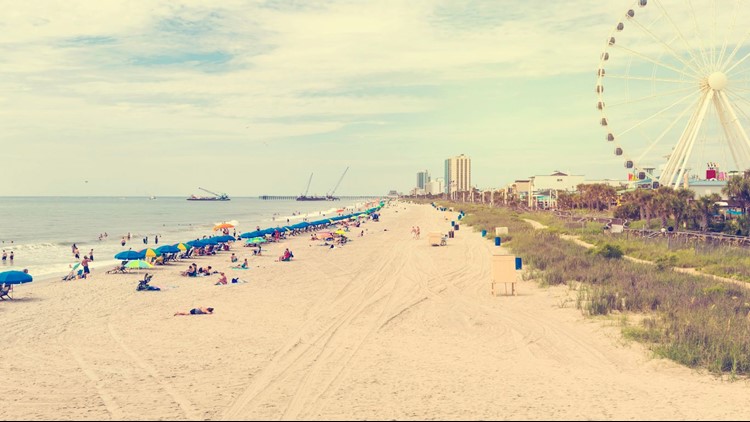10 tips for seasonal survival of your small business

Memorial Day is the traditional kickoff of the summer season, and for many small businesses, that means customers flocking through the doors.
For others, it’s the doldrums: Customers don’t come, clients don’t call. Whether you sell surfboards or snowboards, picnic baskets or Christmas baskets, the health of your small business may be directly related to the season.
In fact, a remarkable number of small businesses are seasonal businesses. The most obvious, of course, are those retail and service businesses in tourist destinations. But even those far away from the beach or the slopes can be impacted by the ebb and flow of seasonal cash flow. During the summer, service and B2B (business-to-business) companies may see orders dry up as their clients disappear on vacation.
So how does a small business survive the off season? Or how do you make the most of your best season?
More: Rhonda Abrams’ column page
Here are ten Seasonal Business Survival Tips:
1. Manage your cash. Small businesses live or die on cash, not profits. The single most important step for long-term survival of a seasonal business is managing cash flow. If summer is your high season, start setting aside a percent of income in a reserve account.
2. Get to know your banker. Work on getting and keeping good credit and establish a line-of-credit to call on in the off season. Yes, you can use credit cards, and there are “fintech” companies that will offer you sky-high interest rates once you’re in trouble. But a solid line-of-credit with a reliable bank is your best bet. You’ve got to be able to pay your bills when the tourists leave.
3. Keep off-season costs down. In addition to managing your cash is managing your costs. During your slow-season, reduce expenses as much as possible. If practical, employ workers on a seasonal rather than permanent basis.
4. Stay in touch year ‘round. Your customers don’t vaporize during the off-season. Develop a mailing list of your high-season customers and create a monthly email newsletter. Keep your name in front of them so they remember you when they’re ready to buy. And if yours is a summer-heavy business in a tourist area, now’s the time to mail past customers “Welcome Back” discount coupons or offers.
\
5. Offer off-season discounts. In slow times, it’s more important to have money coming in than to maintain large profit margins. Offer attractive discounts to customers who buy in the off-season. For instance, if you sell patio furniture, give customers deep winter discounts with the option of taking delivery in spring or summer.
6. Develop counter-seasonal lines. Diversify your offerings to transform your company into a year-round business. For instance, many lawn care businesses in cold climates offer snow removal services in winter. If you own a retail store specializing in Christmas gifts, develop a second line — such as picnic supplies — for summer months.
7. Be creative. Look for innovative approaches to attract customers to your business in the off-season. For example, if you run a bed-and-breakfast in a summer tourist location, organize special events such as writer’s conferences or knitting retreats to attract guests in winter months. If you run a nursery, conduct indoor-plant gardening classes to bring customers to your shop in February.
8. Prepare for your high season. Use slower periods to get ready for the rush. Produce your goods or order inventory; make repairs or conduct maintenance on your facilities; train your employees in sales and customer service. Attend industry seminars to improve your skills.
9. Offer discounts to locals. If your business is located in a seasonal tourist area, a good way to increase off-season sales is to offer locals deep discounts in the off-season. Your seasonal restaurant can offer deeply-discounted wedding receptions or corporate events for locals in slow months.
10. Work with others. As a small business in a tourist location, it may be difficult to attract visitors on your own. But the community as a whole may be able to create off-season demand. Some ski resorts, for example, have developed summer downhill bicycling programs, bringing tourists back to the hotels and restaurants in their communities. Help your community find ways to attract off-season visitors.
[“Source-myfoxzone”]




